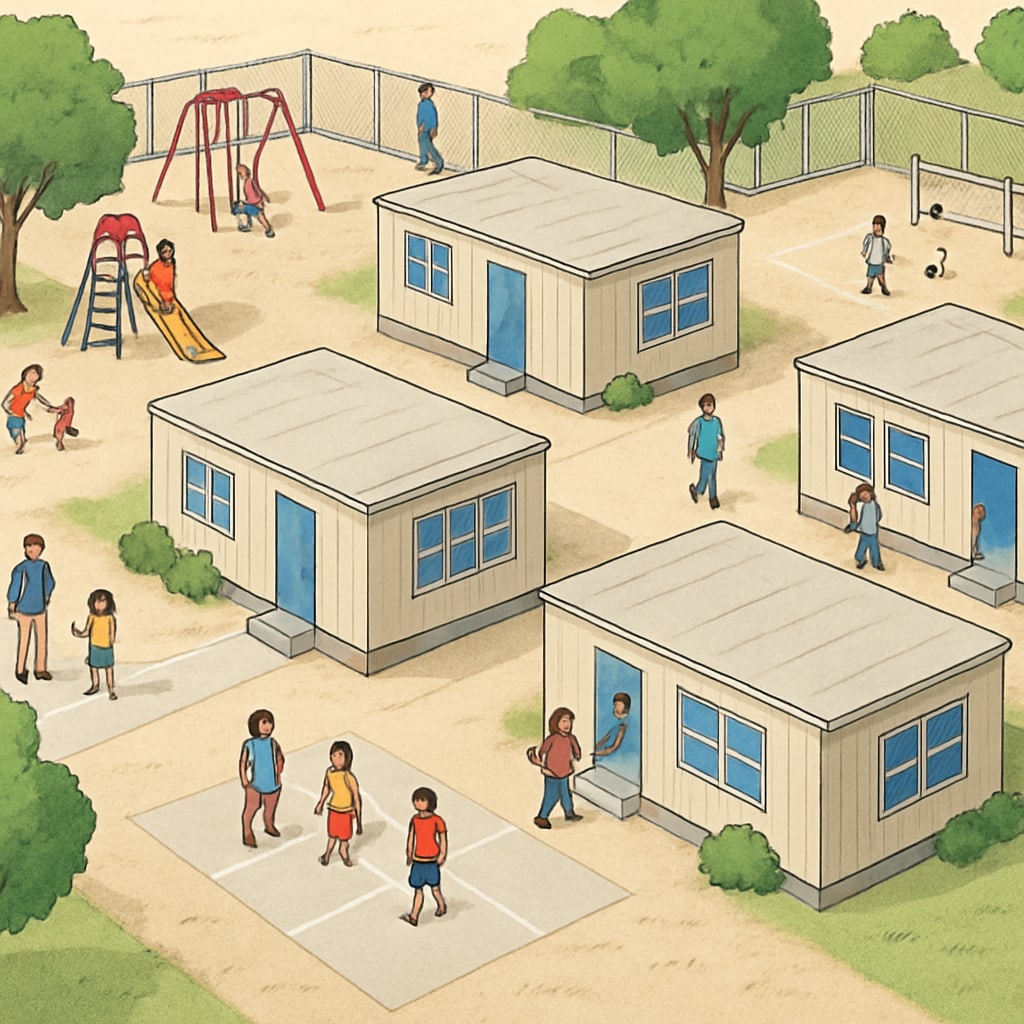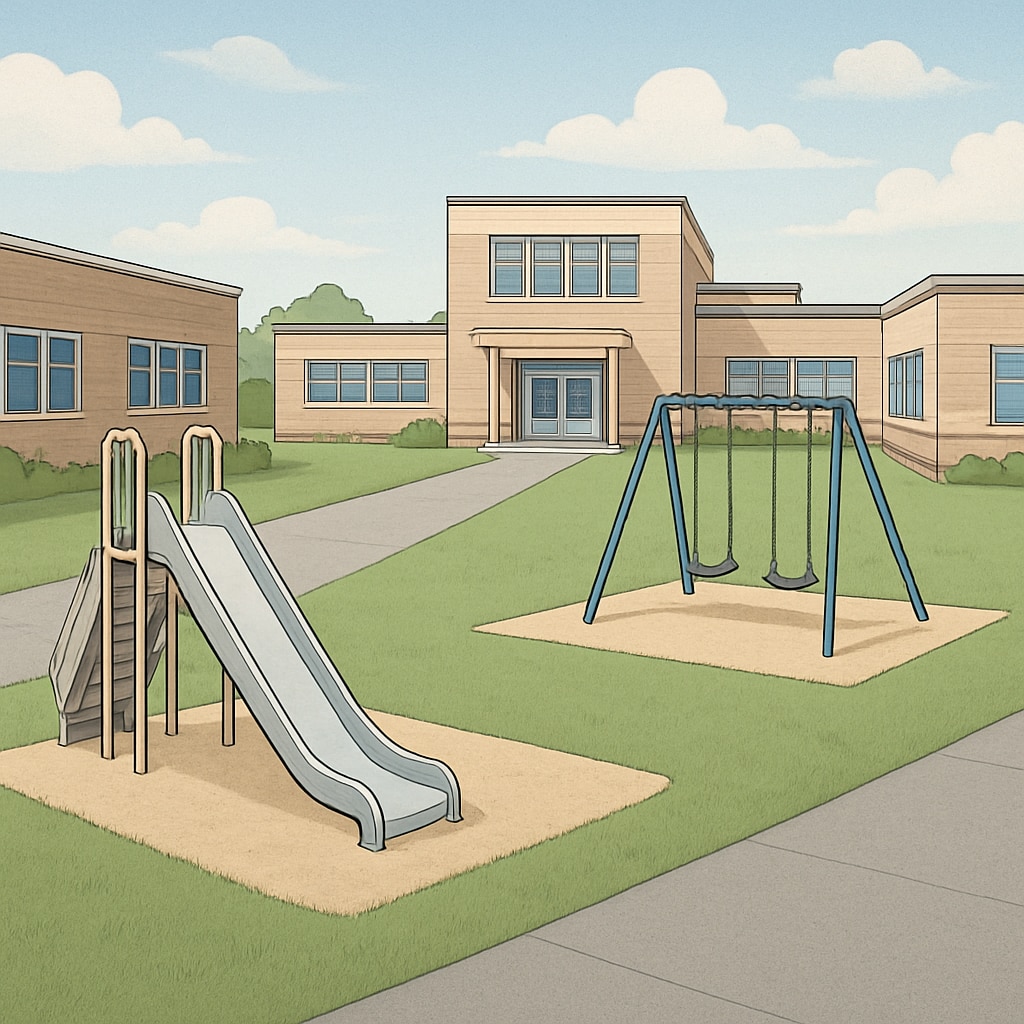Temporary relocation of school campuses often brings significant challenges, sparking concerns among parents regarding their children’s learning and overall development. Changes in the school environment, reduced access to familiar facilities, and diminished opportunities for parent-teacher interaction can create hurdles for students, particularly at the elementary level. It is crucial to address these issues proactively to ensure children continue to thrive even during transitional periods.
Impact of Changing Environments on Young Learners
One of the key effects of temporary campus relocation is the shift in spatial dynamics. For children, especially younger students, a familiar environment provides a sense of security and routine. Relocation often disrupts this stability, potentially leading to stress, reduced focus, and lower academic performance. Additionally, the new location might lack the infrastructure and resources that children are accustomed to, further complicating their adjustment.

Challenges in Accessing Facilities
Temporary campuses often come with compromised facilities, such as smaller classrooms, limited outdoor spaces, and fewer extracurricular options. These limitations can hinder children’s physical and social development, as they miss out on activities like sports, group projects, and interactive learning sessions. Moreover, the absence of adequate resources, such as libraries or science labs, may restrict students’ ability to explore and engage with diverse subjects.

Reduced Parent-Teacher Interaction
Another significant concern during temporary relocation is the reduced frequency of parent-teacher interaction. The logistical challenges of operating in a transitional campus can lead to fewer formal and informal opportunities for communication between educators and families. This gap may prevent parents from addressing their concerns or collaborating with teachers to support their children effectively.
Solutions for a Positive Transition
Ensuring a smooth transition during temporary relocation requires a collaborative effort from schools, parents, and the community. Below are some actionable steps to mitigate the challenges:
- Enhanced Communication: Schools should maintain open channels of communication through newsletters, virtual meetings, and regular updates to involve parents in the process.
- Creative Use of Space: Innovative approaches to maximize limited resources, such as multi-purpose areas or portable facilities, can help provide children with diverse learning experiences.
- Community Engagement: Partnering with local organizations to provide extracurricular programs or access to nearby resources can enrich students’ educational experiences.
- Focus on Emotional Support: Teachers and counselors should prioritize helping children adapt emotionally, using activities and discussions to create a welcoming and supportive atmosphere.
By implementing these strategies, schools can minimize the disruption caused by relocation and ensure that children continue to thrive academically, socially, and emotionally.
Readability guidance: This article uses short paragraphs, clear subheadings, and lists to summarize key points. It employs a mix of active voice and transitional words to maintain flow and clarity.


